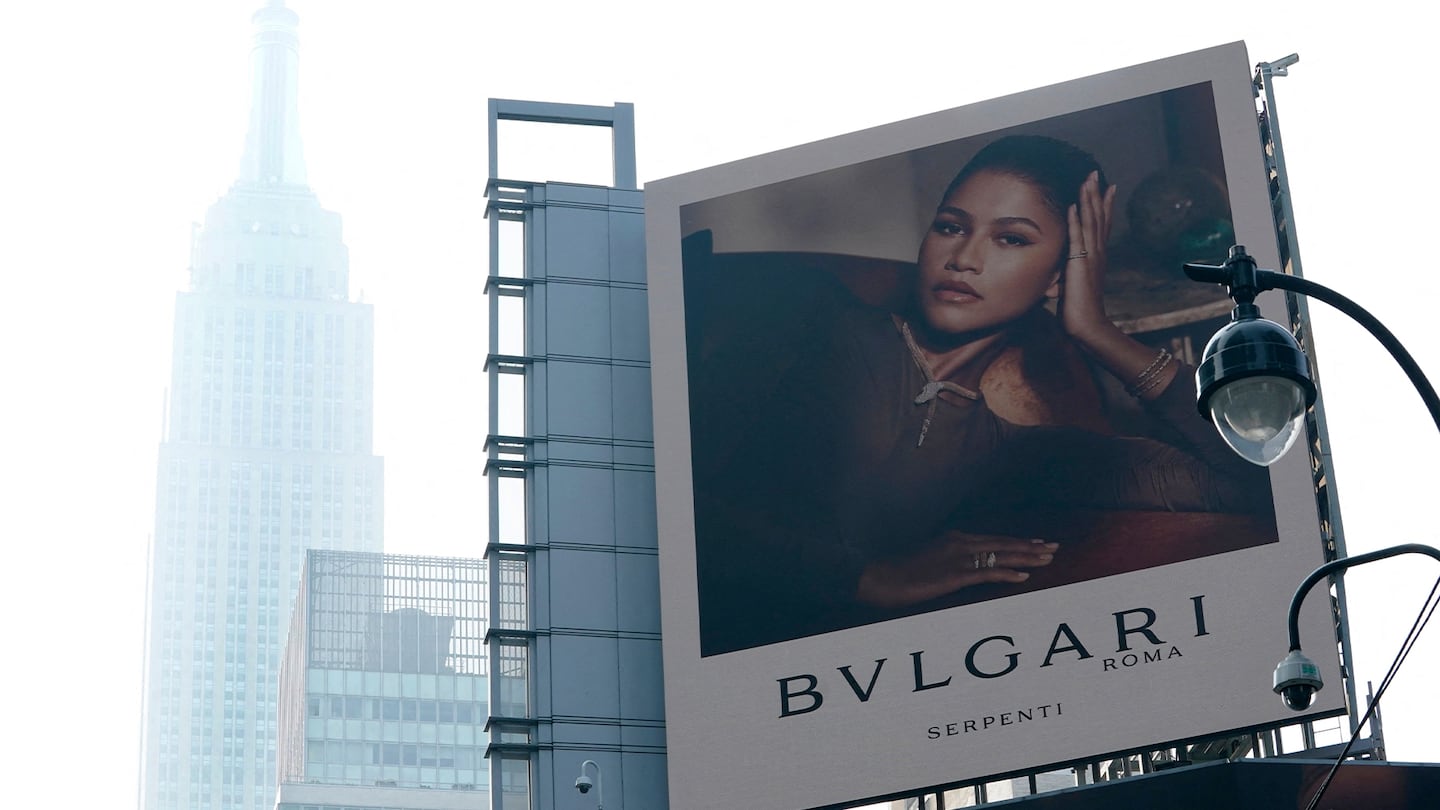
The Business of Fashion
Agenda-setting intelligence, analysis and advice for the global fashion community.

Agenda-setting intelligence, analysis and advice for the global fashion community.

It’s been a record-breaking summer — and not in a good way. Last month was the hottest June ever and the first weeks of July have included the hottest days in history. Apocalyptic signs of climate breakdown — compounded this year by the El Niño weather phenomenon — are everywhere.
Temperatures in Europe, the US and Asia hit unprecedented highs this month, with governments calling for people to remain indoors and stay hydrated. Tourist attractions shut down and hospitals grappled with a rise in heat-related illnesses. Out of control wildfires in Canada have sent dangerous smoke billowing across North America. Temperatures in China’s southeastern city of Hangzhou were so high they turned raindrops to steam. Heavy rain and devastating flooding have turned deadly in parts of Asia and the US. In Antarctica, sea ice levels have plunged to record lows. And forget taking a dip to cool off — in places like Miami and Greece water temperatures have breached 30C.
The waves of weather extremes have raised new fears about the rapid pace of climate change, with its fallout already being felt from fashion’s supply chain to retail floors.
To be sure, companies are taking steps to beat the heat. In places like California, southern France and Italy, luxury giant LVMH has modified its stores to cope with rising temperatures, offering refrigerated water fountains and ice to shoppers and allowing staff to go without jackets and take more frequent, shorter breaks. They’re also finding ways to sell items suited to soaring temperatures. Brands like Adidas have pitched technical gear designed for higher temperatures. In China, sun-protective clothing is all the rage.
ADVERTISEMENT
The impact on business has been mixed. Though in-store sales in heat-afflicted markets in the US southwest and Europe dropped 6 to 7 percent in the week ending July 15, demand for hot weather categories like sandals, swimwear and shorts commonly jumped 10 to 25 percent, according to Planalytics, a company that measures the impact of weather on consumer behaviour. Businesses with an online footprint may have also been able to offset in-store declines, said Planalytics marketing vice president David Frieberg.
One thing’s for sure: while the world may be burning, we’re still shopping — increasingly via e-commerce from the comfort of an air-conditioned room. That may shield big brands’ profits in the near term, but it masks deeper vulnerabilities in fashion’s supply chains, where manufacturers and raw material producers are acutely exposed to climate risk, but under intense financial pressures that challenge efforts to build greater resilience into their operations.
In Pakistan, denim manufacturer Artistic Milliners is grappling with rising costs for key resources like water — a double challenge because Pakistan’s grid uses a lot of hydropower so dwindling water supply threatens access to energy, as well as processing capacity.
Last year, factories had to close for days on end as devastating flooding made it impossible for employees to come into work. The disaster hit the country’s cotton production hard with knock-on effects putting businesses higher up the supply chain in a more precarious position. Changing weather patterns are also contributing to changes in the way people shop that are upending seasonal buying cycles and making it much harder to plan, said Artistic Milliners responsible business practice lead Saqib Sohail.
It may not be obvious yet, but “chaos” is coming to raw material supply chains as resources become scarcer, said Hakan Karaosman, assistant professor at Cardiff University and chief scientist at EU-backed research project Fashion’s Responsible Supply Chain Hub.
“It’s getting real,” said Jason Judd, executive director of Cornell University’s Global Labour Institute. “In lots of places where the industry gets its product, extreme heat and ever more intense flooding are huge risks.”
The biggest risks fall on the most vulnerable, with garment workers in poorly ventilated factories and delivery drivers who have no recourse from the heat most exposed. If the health and safety issues were not enough, hotter temperatures mean lower productivity with real business impacts.
Historically, the sheer scale of big brands’ supply chains have shielded them from the fallout of extreme weather; a problem in one region could be offset by relying more heavily on another. But this is an everything, everywhere, all at once crisis.
ADVERTISEMENT
Exactly how much climate breakdown is likely to cost the global fashion industry is the subject of new research by Cornell set to publish later this year. Top line: the fallout is big and fashion isn’t ready.
“The industry doesn’t have these risks in its calculus; this is somebody else’s problem,” said Judd.
The only way to stop the trend towards more weather extremes, climate scientists have repeatedly warned, is to drastically and rapidly cut global greenhouse gas emissions. For fashion, that means a shift to lower-impact materials, less polluting production processes and ultimately less production.
But what’s increasingly clear is that the industry also needs to start thinking about survival strategies to navigate a climate crisis that’s already here. That means deeper partnerships and investments throughout the value chain to build resilience against climate-induced shocks and protect workers from weather extremes.
“We are not resilient,” said Karaosman. “Livelihoods and people are in jeopardy.”
Disclosure: LVMH is part of a group of investors who, together, hold a minority interest in The Business of Fashion. All investors have signed shareholders’ documentation guaranteeing BoF’s complete editorial independence.
New regulations are set to make it easier for investors to factor in companies’ environmental footprint when deciding which businesses to back.
As the UN warns the world is on track for dangerous levels of warming, companies must treat climate change as a real business risk, not just a marketing opportunity.
As floods, drought and extreme heat become increasingly common risks, fashion brands must start thinking about how to build resilience into their supply chains.

Sarah Kent is Chief Sustainability Correspondent at The Business of Fashion. She is based in London and drives BoF's coverage of critical environmental and labour issues.
Europe’s Parliament has signed off rules that will make brands more accountable for what happens in their supply chains, ban products made with forced labour and set new environmental standards for the design and disposal of products.
Fashion’s biggest sustainable cotton certifier said it found no evidence of non-compliance at farms covered by its standard, but acknowledged weaknesses in its monitoring approach.
As they move to protect their intellectual property, big brands are coming into conflict with a growing class of up-and-coming designers working with refashioned designer gear.
The industry needs to ditch its reliance on fossil-fuel-based materials like polyester in order to meet climate targets, according to a new report from Textile Exchange.